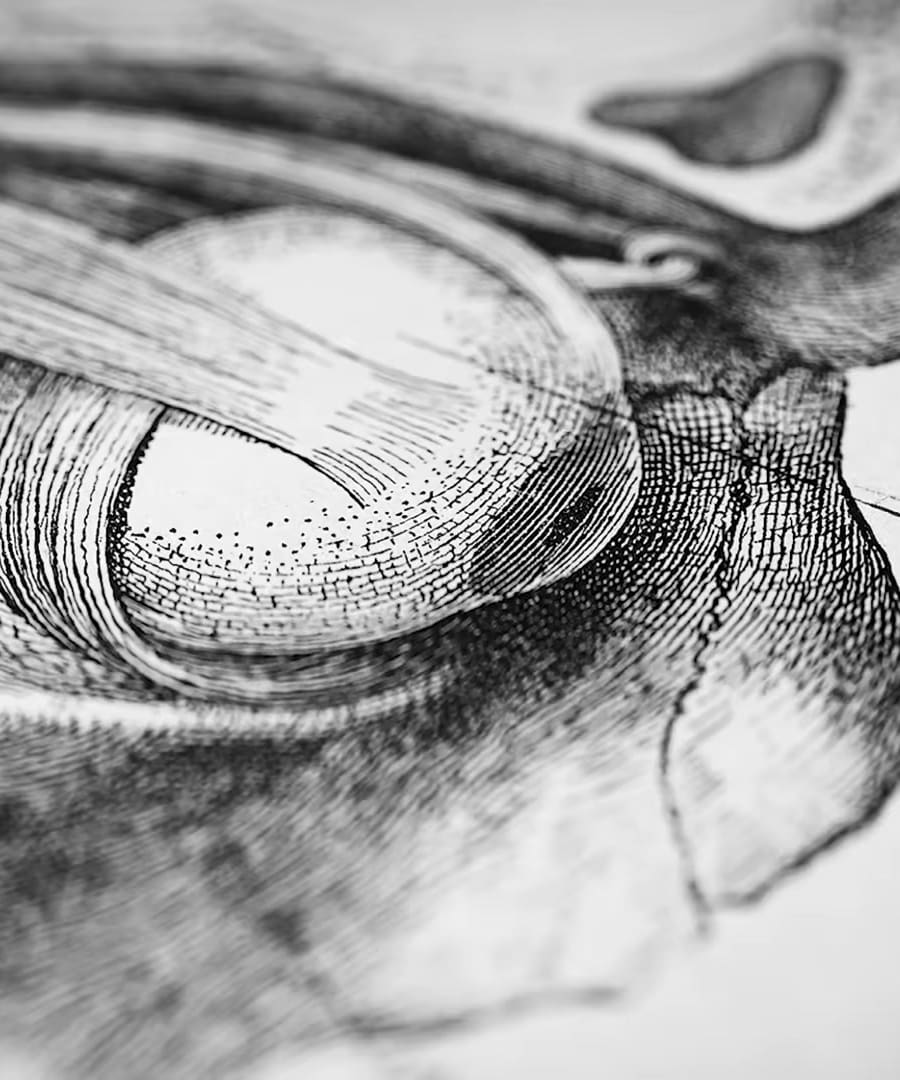Help me to build a fitness protocol for longevity. I am a 28 year old female with intermediate fitness levels
Sources:
Building a fitness protocol for longevity involves focusing on various aspects of physical health, particularly strength training, cardiovascular health, and proper nutrition. Here are some insights and recommendations based on discussions from the :
Key Considerations:
-
Hormone Cycles and Nutrition:
- Understanding and leveraging hormonal cycles is critical for women when it comes to optimizing fitness routines and nutrition. It’s recommended not to train fasted and to adjust training intensity according to your menstrual cycle 1.
-
Strength Training:
- Frequency: Engage in resistance training about 3-4 times a week, focusing on compound movements like squats, deadlifts, and presses. These exercises work multiple joints and muscle groups simultaneously, promoting functional strength and hypertrophy 2.
- Age Specifics: For younger women (20-30), train to failure to increase strength and hypertrophy. As you age, shift towards heavier strength training with fewer repetitions to maintain muscle mass and strength for longevity 2 3.
- Jump Training and Heavy Lifting: Incorporating jump training, heavy resistance training, and sprint interval training are pivotal. These exercises help in maintaining bone density, muscle mass, and overall functional strength 4.
-
Cardiovascular Training:
-
Recovery and Variation:
- Allow adequate rest between workout days, particularly if doing heavy strength training or high-intensity cardio. Vary workouts to prevent overuse injuries and keep routines engaging.
-
Nutrition:
- Protein Intake: Aim for 1-1.1 grams of protein per pound of body weight (2-2.3 grams per kg). This is crucial for muscle repair and growth, especially when engaging in intensive training routines 4.
- Balanced Diet: Ensure a balanced diet incorporating various sources of protein (both animal and plant-based), complex carbohydrates, healthy fats, and plenty of fruits and vegetables.
Sample Weekly Routine:
Day 1:
- Strength Training: Full-body workout (compound movements like squats, deadlifts, bench press)
- Duration: 45-60 minutes
- Intensity: Train to failure (younger) or heavy lifts (older)
Day 2:
- Cardio: Long-duration, low-intensity (e.g., jogging, swimming)
- Duration: 30-45 minutes
Day 3:
- Strength Training: Lower body focus (lunges, leg press)
- Duration: 45-60 minutes
- Intensity: Train to failure (younger) or heavy lifts (older)
Day 4: Rest or active recovery (light yoga, walking)
Day 5:
- Strength Training: Upper body focus (pull-ups, rows)
- Duration: 45-60 minutes
- Intensity: Train to failure (younger) or heavy lifts (older)
Day 6:
- HIIT: Sprint intervals or circuit training
- Duration: 20-30 minutes
Day 7: Rest or active recovery (light stretching, gentle hiking)
Optimize this plan based on personal goals, fitness level, and response to training. Adjustments are crucial for maintaining motivation and avoiding plateaus. For long-term benefits, periodic fitness assessments are recommended to track progress in strength, endurance, and overall fitness 5 6.
Further Reading:
- Episode: Using Play to Rewire & Improve Your Brain
- Clip: 4
- People: , ,
By integrating these principles, you can build a well-rounded fitness protocol aimed at enhancing longevity, functional strength, and overall well-being.
RELATED QUESTIONS-
How do hormonal cycles affect training?
Sources:
Hormonal cycles significantly impact women's training, and understanding these effects can help optimize performance and recovery. Here are key insights based on discussions from the :
Phases of the Menstrual Cycle and Their Impact:
-
Follicular Phase (Day 1 - Ovulation):
- Physiological Boost: During this low hormone phase, women generally have a greater capacity for handling stress, both physical and mental. This is an optimal time for high-intensity work, heavier loads, and setting personal records due to better immune and muscle response 1.
- Reduced Appetite: An increase in estrogen right before ovulation can dampen appetite. Therefore, proper fueling is crucial even if appetite is low to prevent a catabolic state that could impact training performance and recovery 2.
-
Ovulation:
- Performance Maintenance: Around ovulation, some women might feel very strong and capable of maintaining high training intensity. It is essential to note that individual responses can vary, and self-assessment is critical.
-
Luteal Phase (Post-Ovulation - Menstruation):
- Higher Stress: This high hormone phase, characterized by higher levels of estrogen and progesterone, is associated with an increased cortisol level and higher sympathetic drive, making it difficult to access carbohydrates efficiently. Women may need to increase their intake of complex carbohydrates and proteins to support performance and recovery 3.
- Inflammatory Response: There is a pro-inflammatory response in this phase, which makes it less ideal for high-intensity training. This period requires more attention to recovery and potentially adjusting training intensity based on how you feel 4.
Auto-Regulation and Personalization:
- Self-Monitoring: Women should track their cycles and adjust training based on personal patterns. The response to training can vary significantly among individuals, and understanding one's cycle can help manage training loads and recovery better 5 1.
- Auto-Regulation: Implement auto-regulation strategies—adjusting training intensity and volume based on daily performance and how one feels. For example, if feeling good, continue with the planned intensity, but if performance feels off, reduce intensity to avoid overtraining and injury 5.
- Ten-Minute Rule: For days when motivation or energy is low, use the ten-minute rule—start with the workout for ten minutes. If still feeling poorly, switch to a lighter or recovery-focused session. This technique helps balance stress and maintain training consistency without pushing beyond the body's limits 4.
Nutritional Adjustments:
- Fueling Properly: Ensuring adequate nutrition around training sessions can significantly impact performance and recovery. Women should not train fasted and should focus on fueling around their workouts, particularly during high-intensity sessions 6.
- Increased Caloric Intake: During the luteal phase, women should increase their intake of proteins and carbohydrates to support the body's higher energy demands and manage the elevated baseline stress levels effectively 3 6.
Summary:
Hormonal cycles can affect motivation, recovery, and performance in training. By understanding these phases and personal patterns, women can optimize their training routines for better results and improved overall fitness. Tracking the cycle, practicing auto-regulation, and adjusting nutrition accordingly can help manage the ups and downs in energy and performance associated with hormonal fluctuations.
RELATED QUESTIONS-
Help me to build a fitness protocol for longevity. I am a 28 year old female with intermediate fitness levels
- RELATED QUESTIONS
How do hormonal cycles affect training?
- RELATED QUESTIONS










